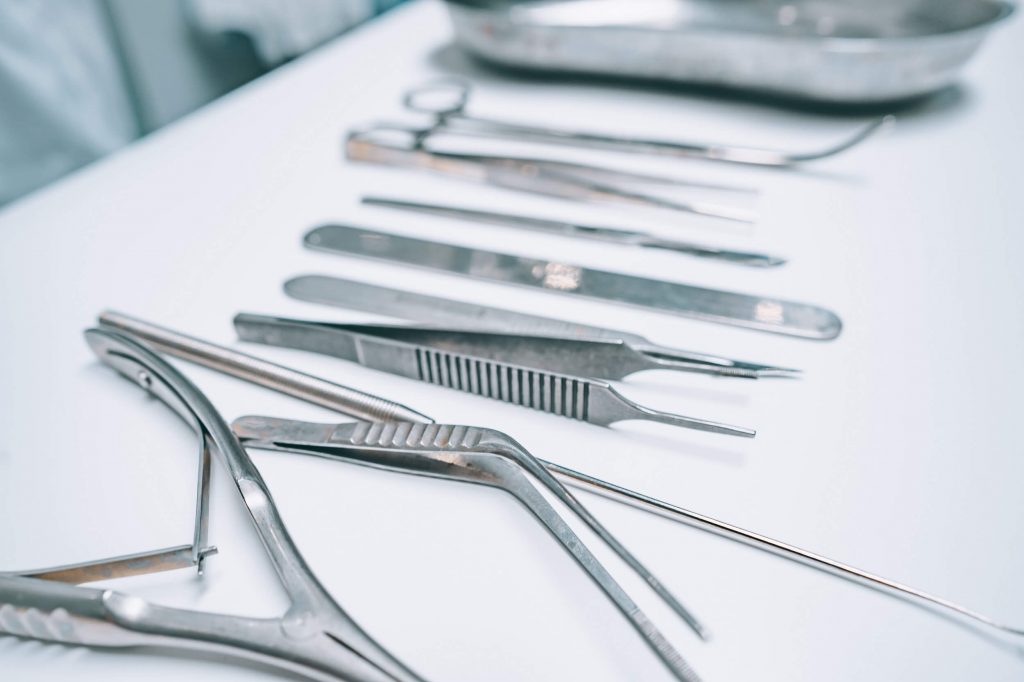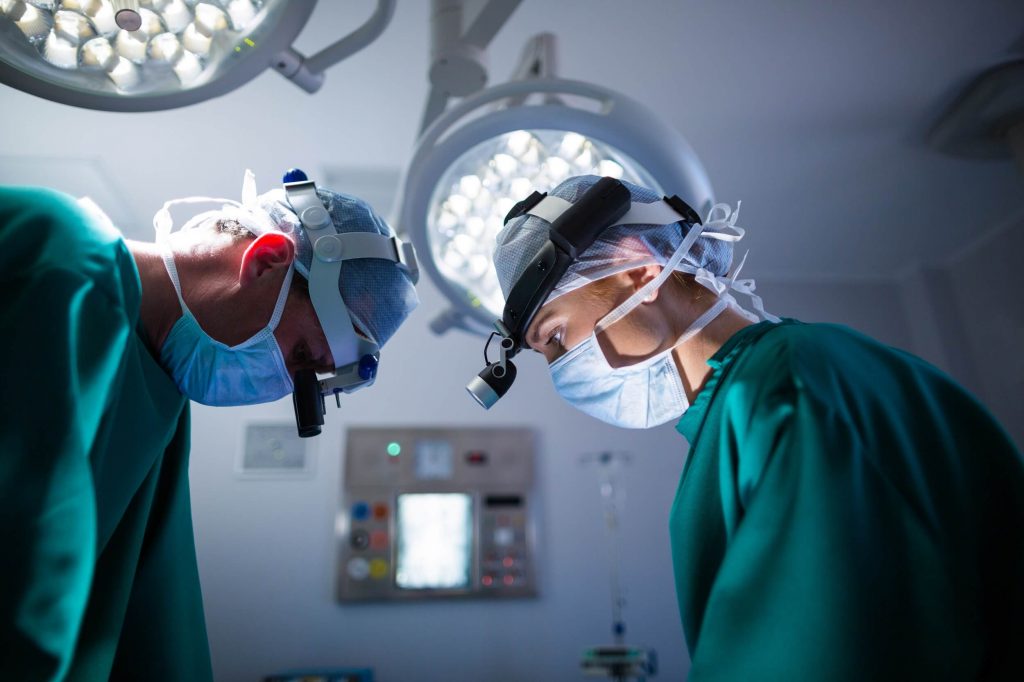Discectomy is one of the most common forms of treatment for herniated discs. However, as with other forms of spine surgery, there are many risk factors involved in discectomy. In addition to this, patients must consider the success rates, recovery time, and the long-term effects of discectomy.
What is a Discectomy?
A discectomy is a procedure performed as a treatment for herniated discs. Other names for disc herniation include a slipped disc, bulging disc, or prolapsed disc, but these terms are inaccurate and are not interchangeable with disc herniation.
Most of the time, herniated discs don’t cause symptoms. In reality, the pain associated with a herniated disc is caused by tears in the spinal disc’s annulus fibrosus, known as annular tears. These annular tears allow the spinal disc’s gel-like center, the nucleus pulposus, to leak. The nucleus pulposus leaking out of the disc alongside a herniation inflames spinal nerves, causing sciatica pain, weakness, and other symptoms. Pain is not caused by the nerve being physically pinched, but by irritation and inflammation of surrounding nerves.
It’s important to note that conservative methods are usually the first option used to try to alleviate herniated disc pain. Some of these can include medications, physical therapy, or strength training. However, if these treatment options fail, you and your physician may decide that surgery is the best course of action.
A discectomy involves cutting out a portion of the disc that has herniated. This procedure can be performed in any area of the spine. Ideally, only the protruding area of the disc is removed, keeping the majority of the disc structure intact.
However, some herniations are severe enough that they warrant the removal of a larger portion of the intervertebral disc. When this occurs, the surgeon may need to place a donor or synthetic bone graft in the space of the disc to maintain the spine’s structure. Additionally, metal hardware may be used to fuse the vertebrae together to prevent movement in that joint.
Types of Discectomy Procedures
There are two main types of discectomy procedures: open and microendoscopic. Open procedures involve making a larger incision on the backside of the spine. The muscle is then split and pulled to the sides, and part of the bone must be removed to access the spinal cord. Then, the spinal nerve is pushed out of the way and the damaged portion of the disc is removed.
Microendoscopic procedures are less invasive and require a smaller skin incision. Then, tubes are inserted into the incision and through the muscles to access the spinal cord. A camera is inserted into space as well to allow the surgeon to visualize the area. The procedure is then performed in the same way, but this method results in less disruption of the muscles and tissues and may lessen recovery time and complications.
Discectomy procedures can be an alternative to spinal fusion and may help to alleviate pain caused by a disc herniation. However, there are also a number of risk factors and side effects that you should be aware of.

Side Effects and Risks
Following a discectomy for treatment for herniated discs, recovery time will be necessary. The surgical site will be painful and will need to be managed by ice and medication. You will also be unable to lift, bend, or twist for two weeks or more. Restrictions will also be placed on driving, strenuous activity, and even some daily activities. Physical therapy is often recommended as well.
During the surgery itself, there is always the possibility of high amounts of blood loss, the forming of blood clots that can occlude blood vessels, infection, and others. Due to the location of the surgery, there is a possibility for nerve damage to occur as well. If any of the spinal nerves are damaged, it can result in pain, numbness, or paralysis.
With a discectomy, there is always the risk that further spinal issues will occur and other surgeries will be required. In fact, studies have shown that the percentage of individuals requiring further surgeries is as high as 25%. Another study found that those that do undergo two spinal operations have a 25.1% likelihood to undergo more procedures in the future.
In addition to these potential side effects and risks, surgery isn’t an appropriate treatment for herniated disc pain caused by annular tears. Surgery is unable to address these tears and stop the leaking that leads to chemical irritation and inflammation. This is why spine surgery often isn’t even necessary to treat spinal disc issues.
Dr. Pauza’s Discseel® Procedure: A Non-surgical Treatment for Herniated Discs
Surgical procedures can be beneficial, but they also carry high costs and risks. The Discseel® Procedure is an alternative, minimally invasive, and non-surgical treatment for herniated discs that can be completed in about 40 minutes and will allow you to be up and walking within 24 hours.
Discectomy procedures do not address annular tears and simply remove the protruding disc. This allows the nucleus pulposus to continue leaking and causing chemical irritation and inflammation. On the other hand, The Discseel® Procedure is designed to directly address annular tears and stop painful leaking of spinal discs. If you’re ready to overcome your back or neck pain, apply for the Discseel® Procedure today and find out if you’re a candidate!
Featured image by wavebreakmedia_micro – www.freepik.com
Sources:
https://www.ncbi.nlm.nih.gov/pmc/articles/PMC6261748/
https://www.mayfieldclinic.com/pe-lumdiscectomy.htm
https://www.mayoclinic.org/tests-procedures/diskectomy/about/pac-20393837

